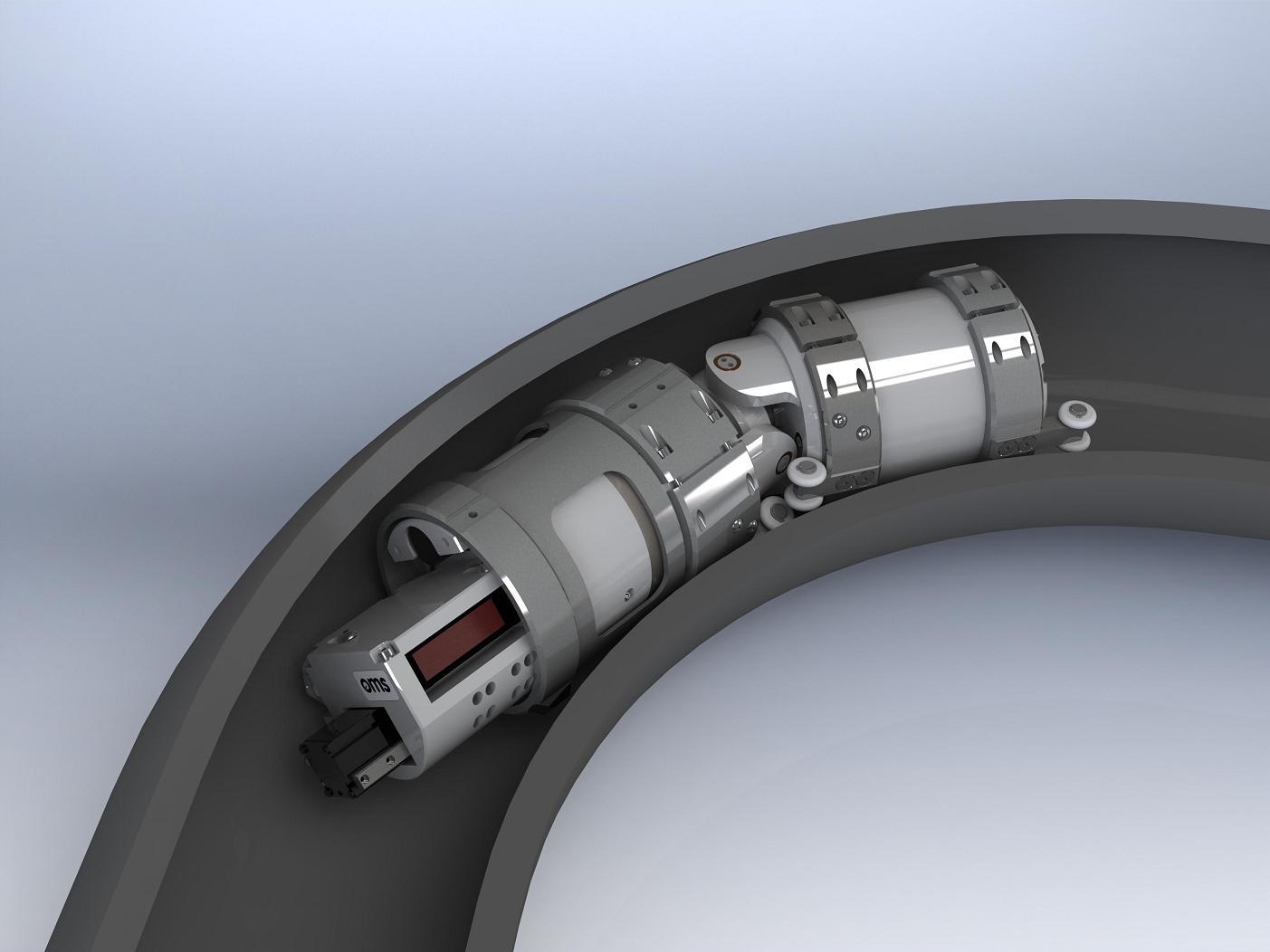Taking Full Advantage Of Efficiency: Pipeline Welding Examination Finest Practices
By carrying out best practices for pipeline welding examination, companies can streamline processes, lessen mistakes, and boost project timelines. The careful focus to information required in welding evaluation holds the crucial to the long-lasting longevity and reliability of the pipes, making it a topic of utmost importance in the market.

Significance of Reliable Welding Examinations
Effective welding inspections play a vital duty in ensuring the structural integrity and security of pipes. Appropriate examinations are vital to determine any type of flaws, discontinuities, or imperfections in the welded joints that could compromise the overall integrity of the pipeline system. By conducting complete examinations, assessors can spot issues early, protecting against potential leaks, ruptures, or failures that could have serious ecological and safety and security repercussions.
Accurate and prompt welding examinations also help in keeping conformity with market standards and regulations. Complying with these standards is not only a legal requirement yet likewise an essential procedure to assure the reliability and durability of the pipes. Furthermore, reliable evaluations can add to cost savings by reducing the demand for costly repair services or substitutes as a result of welding flaws that might have been prevented or dealt with during the evaluation process.
Using Modern Technology for Examinations
To enhance the effectiveness and precision of pipe welding examinations, the assimilation of advanced innovations has ended up being significantly important in guaranteeing extensive and exact assessments of welded joints. One of the key technical advancements in pipe welding inspections is the use of automated ultrasonic screening (AUT) systems. By accepting these technical options, pipeline welding assessments can be conducted a lot more efficiently, leading to greater quality welds, boosted overall safety and security, and reduced job timelines.
Establishing Clear Examination Protocols
Developing clear inspection methods is crucial for guaranteeing uniformity and reliability in the pipeline welding inspection process. These methods work as a set of standards that lay out the particular steps, criteria, and techniques to be complied with throughout inspections. By clearly defining the examination protocols, all inspectors included in the procedure can recognize their duties and roles, bring about a much more reliable and standardized inspection process.

Normal testimonial and updates to the examination procedures are likewise important to adjust to altering market requirements and demands. By constantly refining and improving the protocols based on feedback and lessons learned, pipeline welding assessments can maintain the best quality requirements and governing compliance.
Training and Qualifications for Assessors

Training and accreditations for examiners are paramount in find out here making sure the capability and effectiveness of individuals entrusted with supervising pipeline welding processes - Pipeline Welding Inspection. Effectively trained examiners possess the required expertise and abilities to successfully review weld high quality, adherence to welding treatments, and compliance with industry criteria and guidelines
Accreditations, such as those offered by the American Welding Society (AWS) or the American Oil Institute (API), validate an inspector's competence and capability to execute evaluations to the highest criteria. These accreditations commonly call for extensive training, evaluations, and continuous professional development to make sure that examiners stay existing with the current advancements in welding innovation and assessment techniques.
In addition to formal qualifications, continual training programs play an important function in boosting examiners' abilities. These programs cover a large array of subjects, consisting of welding processes, problem detection, security procedures, and pertinent codes and standards (Pipeline Welding Inspection). By purchasing thorough training and accreditations for assessors, firms can promote the stability of their pipeline welding jobs and reduce the risks related to subpar welds
Continuous Enhancement in Assessment Processes
Building upon the structure of certified and experienced examiners, continuous improvement in inspection procedures is essential for guaranteeing the continuous top quality and conformity of pipeline welding procedures. By implementing a system of continual improvement, pipeline welding inspection procedures can develop to fulfill the altering demands of the industry, technical improvements, and regulative needs. This involves routinely examining and evaluating examination devices, procedures, and methods to recognize areas for enhancement.
One trick facet of continual renovation in examination processes is feedback. Gathering input from assessors, welders, designers, and other stakeholders allows for an extensive analysis of present techniques and the identification of potential areas for enhancement. In addition, leveraging information the original source and analytics can provide important insights into the efficiency of inspection procedures, making it possible for informed decision-making for optimization.
In addition, buying training and development programs for assessors can make certain that they are furnished with the most recent understanding and abilities to do their responsibilities efficiently. Constant improvement is a dynamic process that calls for devotion and dedication from all stakeholders to drive quality in pipe welding check my site assessment methods.
Final Thought
Finally, optimizing performance in pipe welding evaluations is critical for making certain the top quality and safety and security of facilities projects. By using innovation, establishing clear protocols, providing appropriate training and qualifications for assessors, and constantly boosting inspection procedures, companies can streamline their procedures and lessen threats. It is critical for sectors to focus on efficient welding examinations to maintain high criteria and fulfill governing demands.
Effective inspections can contribute to set you back financial savings by lessening the need for expensive repair work or replacements due to welding issues that might have been protected against or fixed during the examination process.
Developing clear examination protocols is vital for making sure uniformity and reliability in the pipe welding inspection procedure. By clearly specifying the examination protocols, all examiners included in the procedure can comprehend their functions and duties, leading to a much more reliable and standardized evaluation operations.
Clear examination procedures help in reducing the likelihood of errors or oversights throughout the evaluation process.Structure upon the foundation of certified and experienced inspectors, continuous improvement in evaluation procedures is important for guaranteeing the recurring top quality and conformity of pipeline welding operations.